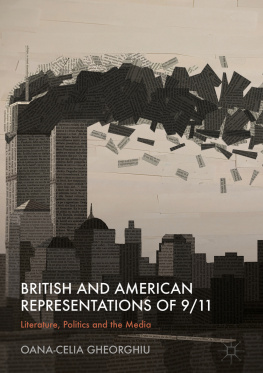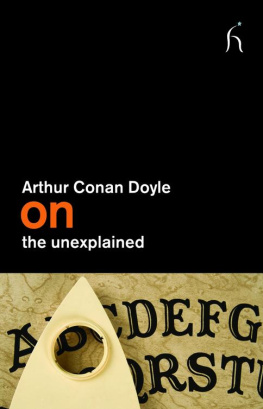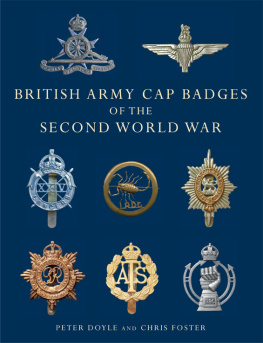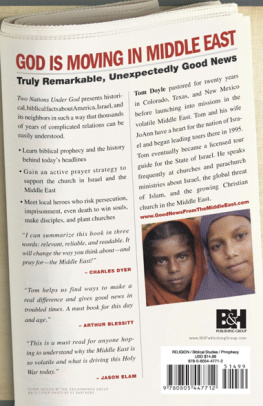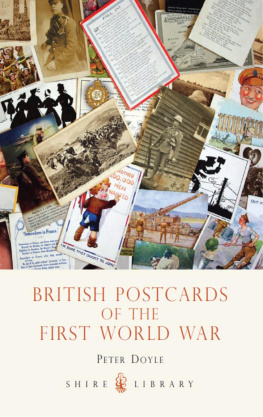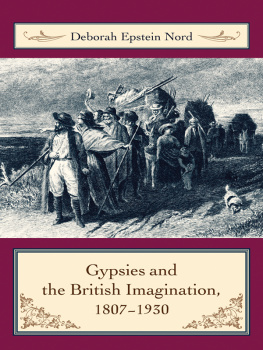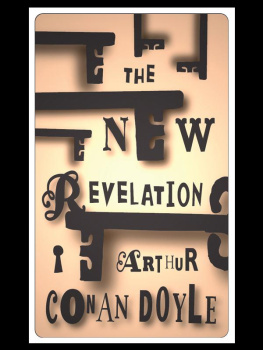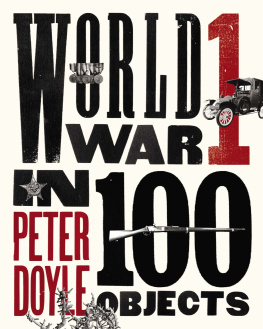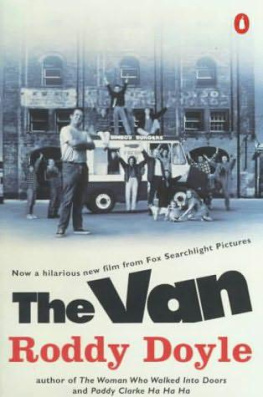1. Introduction: Towards Another Reading of 9/11 Neorealist Fiction
On the afternoon of September 11, 2001, many televisions across the world broadcast that a plane had crashed into the World Trade Center in New York City. It looked like a scene from an apocalyptic thriller at first, before the sudden realisation that the yellow band with the words BREAKING NEWS on it was suggestingno, was shouting out loudthat everything was REAL. The image of the two towers going down in flames haunted me for a long time, then was buried somewhere, in a corner of my unconscious, resurfacing at the yearly anniversaries of the event and, rather unexpectedly, ten years later, during an academic lecture on postmodern literature , when a novel about 9/11 was mentioned in passing. So, they are writing fiction about that now? I asked myself. Indeed they aredozens, even hundreds of books, as I later found out. Preliminary research by Dawes has documented approximately 250 fictional pieces related to 9/11, two thirds of which are written by American authors (2011, qtd. in Gauthier , 19). The same research brought forth the idea that the events of 9/11 left many other people with the impression that they were watching a film that surpassed the imagination of any ambitious Hollywood scriptwriter. Philosophers, such as Jacques Derrida , Jean Baudrillard , Jrgen Habermas , or novelists, such as Don DeLillo or Ian McEwan , described the events by starting with their unreality, their eerie resemblance to a feature film , and their metaphorical and symbolic nature. It seemed reasonable, then, that an event so surrounded by an aura of fictionality and yet so very real, and with such serious consequences at the level of global geopolitics could draw the attention of the creators of fiction , while also remaining a major topic for politicians and journalists. Has fiction settled into the postmodern pastiche of political and media discourses, incorporating them by creating alternative worlds? Or did it have the ambition to join them on an equal footing, to add its insights into what was becoming more and more unreal and representational?
Perhaps, as many people note, fiction has assumed a cathartic role in its dealing with trauma induced by the real, embracing it and making it resonant of the painful reality lived by the survivors or families of the victims (DeLillo , Foer, Waldman), keeping it at bay and focusing on the macro consequences of the event (McEwan , Hamid ), and even confronting it through sarcasm and dark humour (Beigbeder, Banks ). Whatever the road taken, trauma seems to be the common denominator for 9/11 fiction : it is its binding element that qualifies it for intricate psychological and psychoanalytical assessment. Many critical opinions expressed in the years since the event tend towards the idea that 9/11 is unrepresentable due to its magnitude, because we do not yet know how to qualify we do not know what we are talking about (Borradori and Derrida , 32). Gauthier makes an articulate case for the understanding of otherness , proposing a reading which emphasises that 9/11 highlighted our condition of togetherness at the same time that it put into relief the difficulty of negotiating issues of difference highlighted within these conditions (44), which is in agreement with some of the ideas expressed below.
Also close to the intentions of this book is Cara Cilanos From Solidarity to Schism9/11 and After in Fiction and Film from Outside the US (Rodopi , 17). It brings under the lens literary works and films from Canada, Australia, the UK, France, Germany, Israel, Iran and Pakistan. Another thorough critical response to 9/11 fiction to which the present study acknowledges its debt is provided by Martin Randall in 9/11 and the Literature of Terror (Edinburgh University Press, 2011). Aside from focusing on the works of Frdric Beigbeder , Don DeLillo , Ian McEwan and Martin Amis , who are constantly referred to whenever a critical work on 9/11 fiction is published , Randall is among the first to foreground the Others voice in discussing Pakistani author Mohsin Hamids monologic novel , The Reluctant Fundamentalist (2007). The volume also features analyses of a film , Man on Wire (2008), and two plays, The Mercy Seat by Neil Labute (2002) and The Guys by Anne Nelson (2001), and of Simon Armitages emotional film-poem Out of the Blue (2006), one of the few literary texts that venture to give a voice to the victims trapped inside the towers (aside from Beigbeders literary minute-by-minute report in Windows of the World ).
Among the most comprehensive critical works in the field is Richard Grays After the Fall: American Literature Since 9/11 (Blackwell, 2011). As is apparent from the title, the volume does not focus on 9/11 fiction but on the way in which the event has changed paradigms in literature (mostly prose, although he also dedicates a chapter to drama and poetry), much in the way other similarly dramatic events in the history of the United States did in their time. Alongside Gray , I contend that the events of 9/11 , whose traumatic implications cannot be denied, are relevant for the United States historical self-assessment. Their displacement from the streets of Manhattan to Fiction Avenue is bound to provide the critic with an array of evaluation tools more relevant to the political ways of the world, instead of settling for psychological insights into the thoughts and sensations experienced by immediate witnesses of the catastrophe. It can be asserted, therefore, that the critical bibliography of 9/11 literature , with its obsessive plunging into trauma , suffers from its disregard of the bigger picture, and that an attempt to liquidate this lack (Propp , 173) may constitute an enrichment of this still nascent field.
The method envisaged does not exclude occasional references to trauma or to the tenets of postmodernism , still characteristic of 9/11 fiction whether or not the movement is considered dead and buried (either in the ashes of the World Trade Center , as some say, or under the debris of the Berlin Wall, as others propose). The famous postmodernist mistrust of grand narratives is very much present in 9/11 fiction , and so are intertextuality , fragmentation, the unreliability of the narrative/ narrator and the meta-dimension. For example, looking into 9/11 fiction by Don DeLillo or by the undisputable grand magus of American postmodernism, Thomas Pynchon , one could include them in the broad, welcoming category of postmodern literature and just leave it at that. But something would still be missing because, as Catherine Morley observes, what many writers have also been integrating into their fiction has been the American response to the attacks: the perceived infringement of civil liberties, surveillance, the institution of a climate of fear, the renewed Cold War rhetoric of good versus evil, and the seemingly overnight proliferation of acronyms and governmental institutions and bodies with the primary strategic aim of waging a war on terror (, 3940). Irrespective of the term which will eventually impose itself (one of the above or something completely innovative), it is important to construe cultural logic as a new form of enlightenment (40) which, in the new economic, cultural and political context , synthesises modernism and postmodernism with the pre-modern realities that contribute with realism to the new paradigm.
In view of this reading, one could further remark that nothing is exactly new when it comes to the imaginary worlds of fiction , as postmodernism taught us, even if literary history had failed to do so before it. Literature is a continuum of palimpsests rewritten from different angles and inspired by diverse elements and events. If one were to look into twentieth-century literature , to avoid going back too far into the past, one could connect 9/11 fiction with the literary accounts of the World Wars, of the Holocaust or the Gulag, events equally unrepresentable and, it is safe to assume, of greater magnitude than the attacks on the World Trade Center . War fiction was traumatic, indeed, but it also offered an invaluable document of its time, added to the more traditional non-fiction sources, as literary texts can be considered (within the limits imposed by their conventions of fictionality ) inseparable from the so-called objective texts that circulate during the same historical context . Two questions arise: whether 9/11 fiction falls into one, more, or all of the following categories: trauma fiction , war literature , urban literature , or socially and politically engaged neorealist fiction , and which would be the best critical path for their investigation. Trauma is an important component of these writings, which justifies the niche of 9/11 fiction criticism being occupied, for the largest part, by analyses inspired by trauma studies. One could nevertheless assert that this is not the only approach possible, nor even the most apposite. Of course, experiments in critical theory have demonstrated that any form of interpretation may be applied with reasonable results to any textsince one may grasp whatever one regards as relevant in that text, and subsequently ground ones line of argumentation in the theory that seems most appropriate. However, a further contention is that one should not approach 9/11 fiction along lines that are not tangential to culture and politics if one wants to grasp its meanings and the implications of the event on the world stage. This stems from the assumption that media discourse and political thinking inform the aesthetics of contemporary fiction and affect/ construct identities at the micro and macro levels, revealing the complex relationship between the individual and history, while being, at the same time, carriers of fictionalisation themselves.

